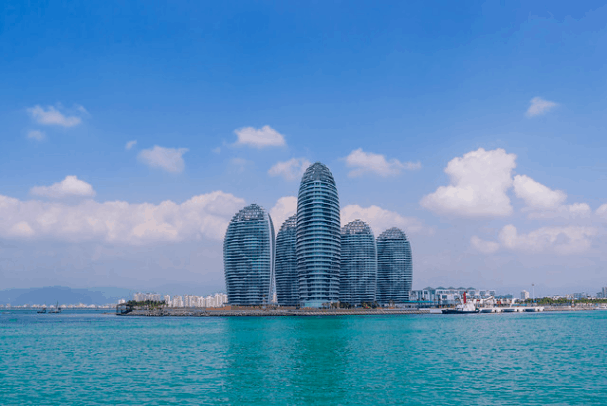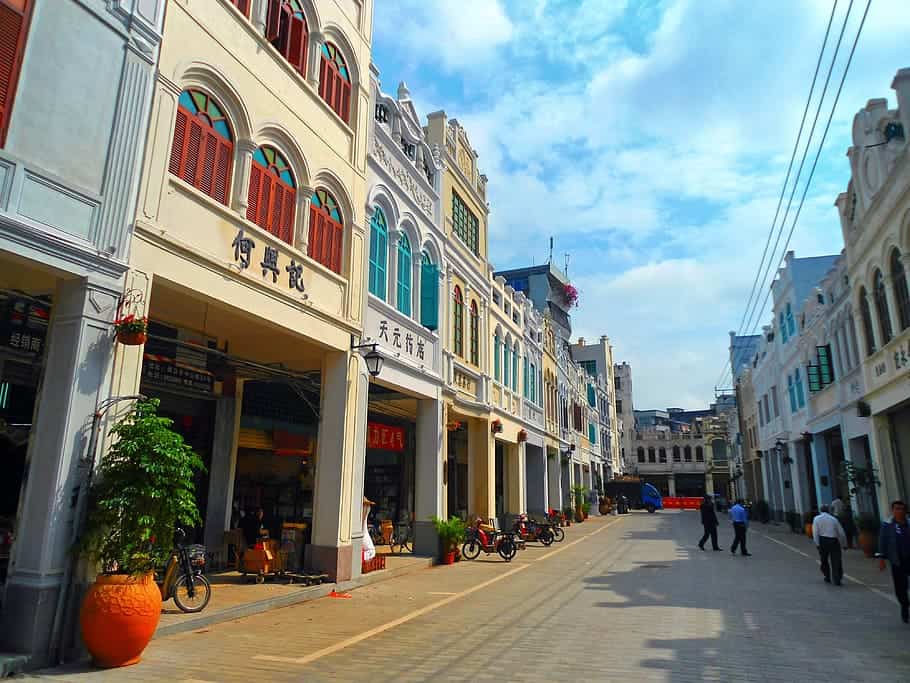The Chinese central government has just released its long-awaited master plan for the development of a free trade port in the southern island province of Hainan.
On 1 June the Central Committee of the Chinese Communist Party and the State Council jointly issued the “Hainan Free Trade Port Construction Master Plan” (海南自由贸易港建设总体方案).
A key feature of the plan is “special tax arrangements” which includes zero tariffs, low tax rates, and a “simplified tax system.”
Enterprises in encouraged industries that are registered and actually operate within the Hainan Free Trade Port will enjoy reduction in enterprise income taxes in accordance with a 15% rate.
Enterprises that are established within the port which are in the tourism, modern services and hi-tech industries will be exempt from enterprise income tax for income obtained via new offshore direct investment prior to 2025.
Certain individuals who work in the Free Trade Port, including hi-end personnel and scarce personnel as determined by a government list, will enjoy tax exemptions for the portion of their real, personal income tax burdens that exceed 15%.
President Xi Jinping said to state-owned media that “the establishment of a free trade port in Hainan…is a major event in China’s reform and opening schedule in a new era.
“[It] is a key strategic decision of the central party which looks to both broad domestic and international conditions and has the goal of driving the innovative development of socialism with Chinese characteristics.”
The Plan calls for “supporting the gradual exploration and steady progress of the development of a free trade port with Chinese characteristics in Hainan,” as well as the “step-by-step, stage-by-stage establishment of a free trade port policy and system.”
By 2025 the Plan outlines the:
Initial establishment of a free trade port policy system which focuses on the freedom and convenience of trade and investment. A commercial environment which in general reaches leading domestic standards; large-scale increase in market entities, a marked rise in industrial competitiveness, vigorous and effective risk controls, gradual improvements to laws and regulations that suit the establishment of a free trade port, and marked improvements to the quality and benefits of economic growth.
By 2035 the Plan outlines:
The greater maturation of a free trade port system and operating model, and the basic establishment of trading and investment rules that have freedom, fairness, the rule of law and high-level procedural regulation as their features, achieving freedom and convenience of trade, freedom and convenience of investment, freedom and convenience of cross-border fund flows, freedom and convenience of the entry and exit of personnel, freedom and convenience of delivery and the secure and orderly flow of data. Greater optimisation of the commercial environment, a more complete legal and regulatory system, and a tighter risk prevention and control system.
By mid-century the Plan envisages the creation of a “high-level free trade port which possesses international influence.”
“The level of openness of the Hainan Free Trade Port has exceeded expectations,” said Hu Yijian (胡怡建), professor at the Shanghai University of Finance and Economics.
“Amongst a number of voices opposing globalisation at present, China will further expand its globalisation schedule. In particular, it will use special tax arrangements to expand the vigour of China’s opening and increase competitiveness.”
Related stories
Hainan Free Trade Zone Launches Billion Yuan Blockchain Fund
Hainan Province Establishes Pilot Free Trade District in Haikou




